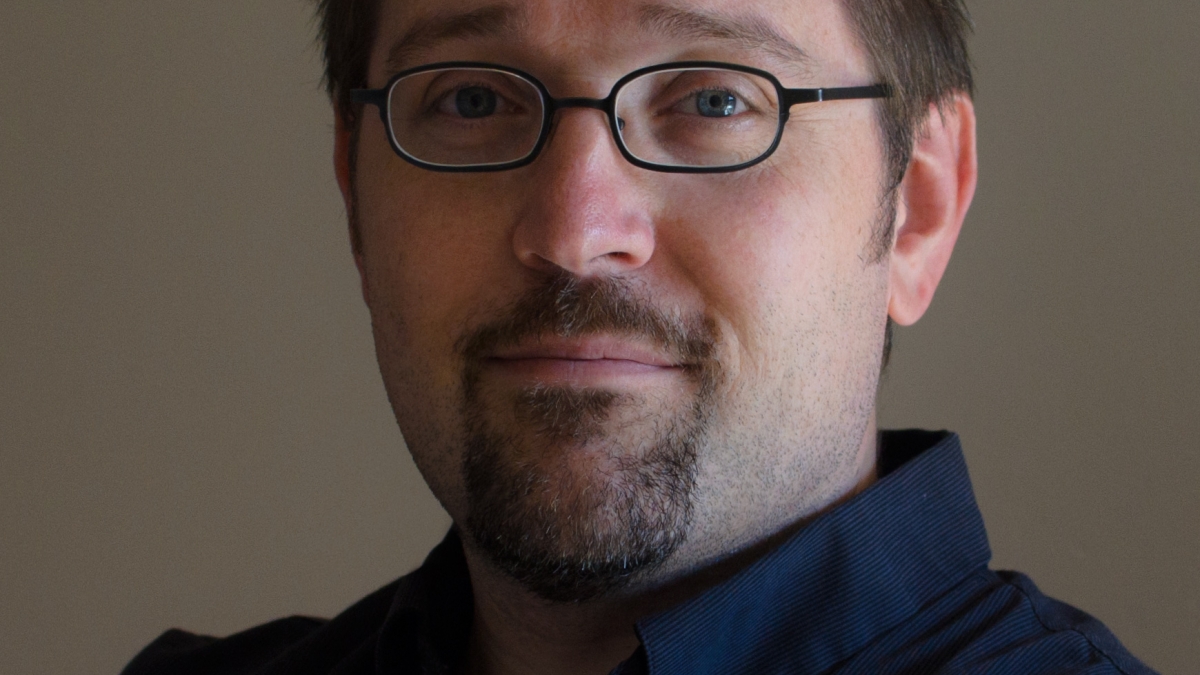School of Arts, Media + Engineering researcher lands $2 million research grant

David Tinapple, an assistant professor in the School of Arts, Media + Engineering in the Herberger Institute for Design and the Arts, has been awarded a $1,952,419 National Science Foundation (NSF) grant.
Photo courtesy of Herberger Institute for Design and the Arts
David Tinapple, an assistant professor in the School of Arts, Media + Engineering in the Herberger Institute for Design and the Arts, was awarded a $1,952,419 National Science Foundation (NSF) grant to explore, analyze and improve existing student web-based peer review systems. The project is titled "Collaborative Research: Research in Student Peer Review: A Cooperative Web-Services Approach."
Tinapple applied for the grant under the NSF program “Improving Undergraduate STEM Education,” or IUSE. STEM stands for Science, Technology, Engineering and Mathematics.
In conjunction with the Division of Undergraduate Education (DUE), this program is geared toward advancing the improvement of undergraduate STEM education by supporting the development of innovative learning technologies “through funding research on design, development, and wide-spread implementation of effective STEM learning and teaching knowledge and practice, as well as foundational research on student learning,” according to the website.
“Our project will identify… core design concerns common to all peer review systems and build web services available for use in any peer-review system,” Tinapple explains. “These web services will include algorithms for intelligently assigning student reviewers to specific peers, determining reviewer reputation, assessing review quality and measuring the credibility of student reviews.”
Tinapple had already laid down the groundwork for the project with his work on an internal peer-review system with fellow AME faculty member Loren Olson, who leads the school’s instructional technology team.
Offering some additional insight into the project’s background, AME Director Sha Xin Wei says, “David Tinapple and Loren Olson’s work on CritViz started as a clever response to the serious problem of how to retain some of the quality of feedback available in a studio-based course when the student to faculty ratios are up to 10 times greater than a typical studio. The web-based peer critique system is a set of techniques for peer critique that shows promise to elevate the level of student-centered learning. This sort of work has tremendous potential for scaling aspects of quality studio critique to large numbers of students in creative practice courses in ‘nearline’ learning, and to greatly amplify their learning experience in the classroom itself as well.”
Under Tinapple’s direction, the three-year project will bring together five researchers in academic peer review, including several who have developed peer-review systems, and an advisory board that includes developers of the largest online peer-review systems in North America. The team’s larger goal is to advance the state of the art in peer assessment, which is increasingly important not only in traditional classroom settings, but also in online courses and MOOCs.
ABOUT THE SCHOOL OF ARTS, MEDIA + ENGINEERING
The School of Arts, Media + Engineering (AME) is a collaborative initiative between the Herberger Institute for Design and the Arts and the Ira A. Fulton Schools of Engineering, focused on research and education in experiential media and digital culture. AME offers a BA in Digital Culture, an MA in Digital Culture, a PhD in Media Arts and Sciences, and concentrations in graduate degrees spanning the arts, sciences and engineering. AME faculty and students study, develop and apply new media systems that enhance education, health, culture and everyday living. For more information about AME, visit ame.asu.edu.
Media Contact:
Deborah Sussman Susser
480.965.0478
deborah.susser@asu.edu